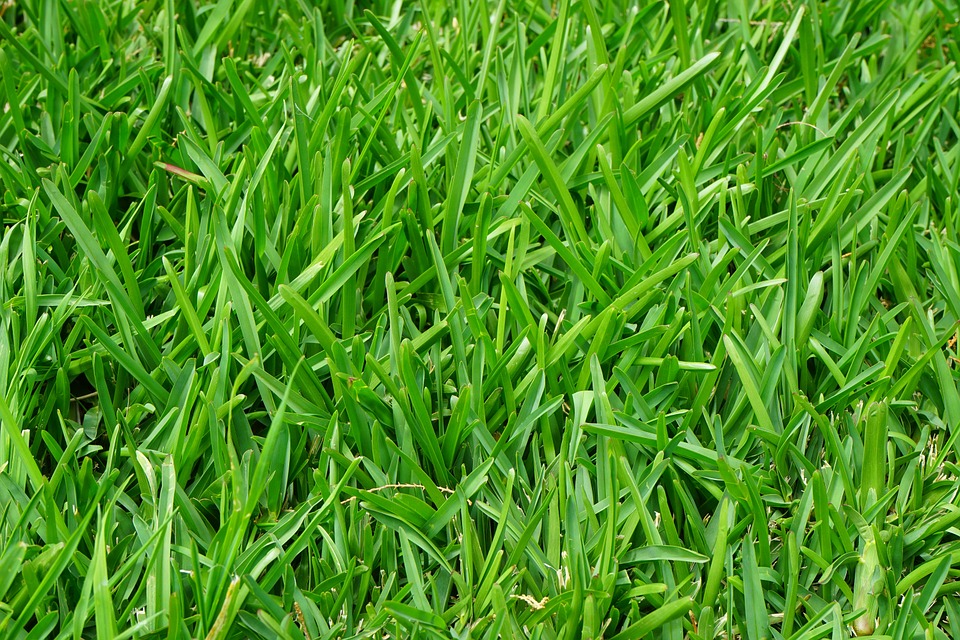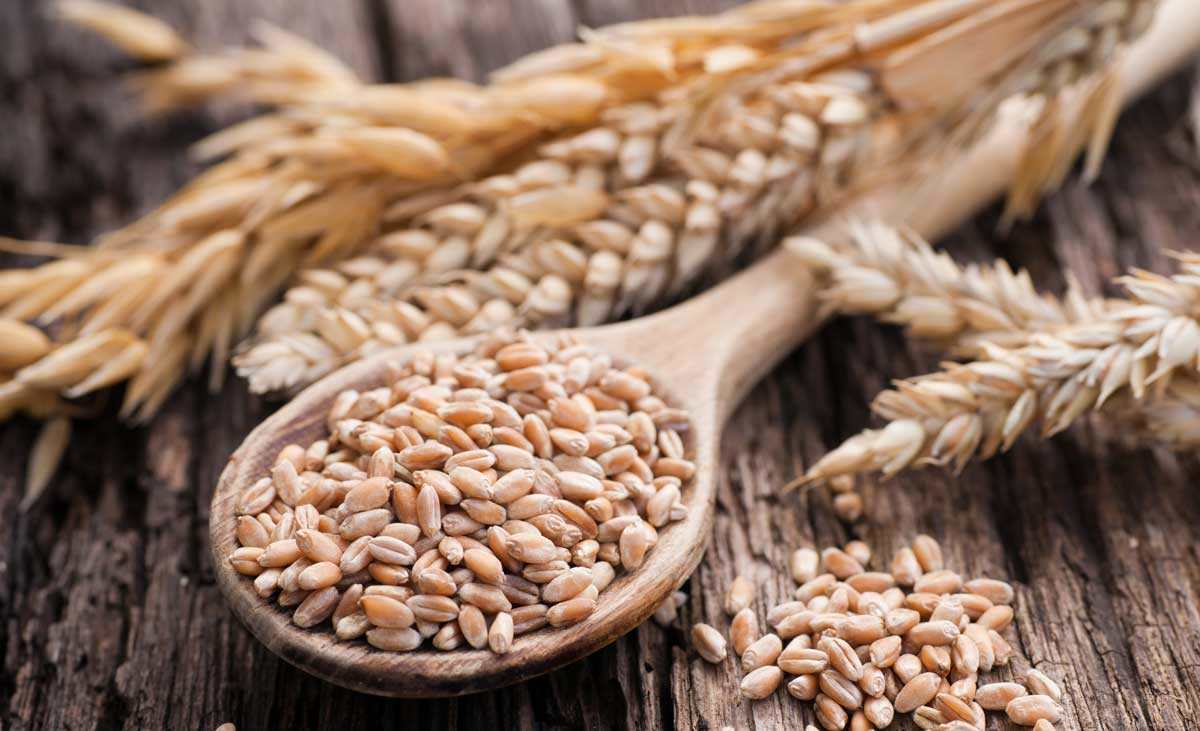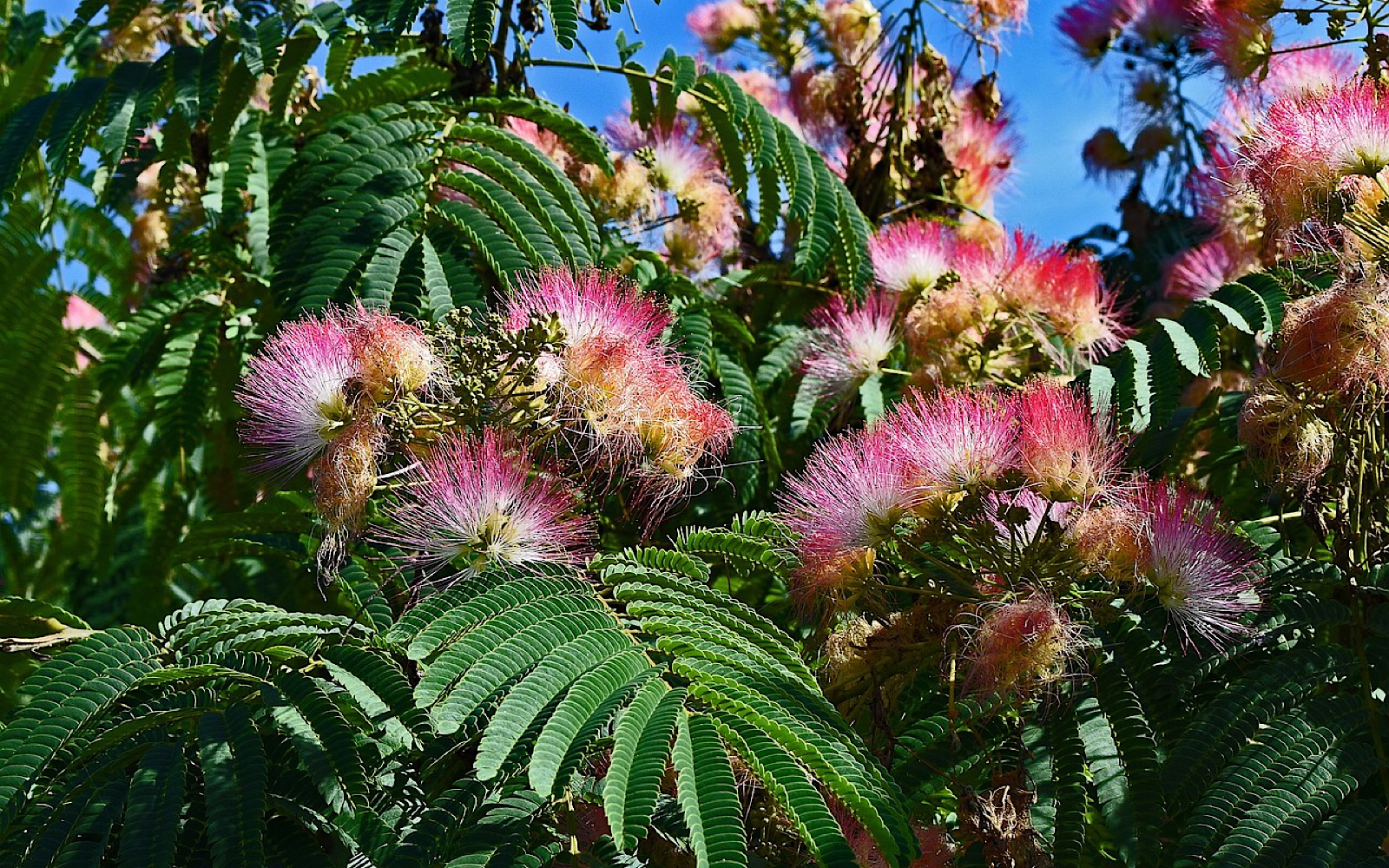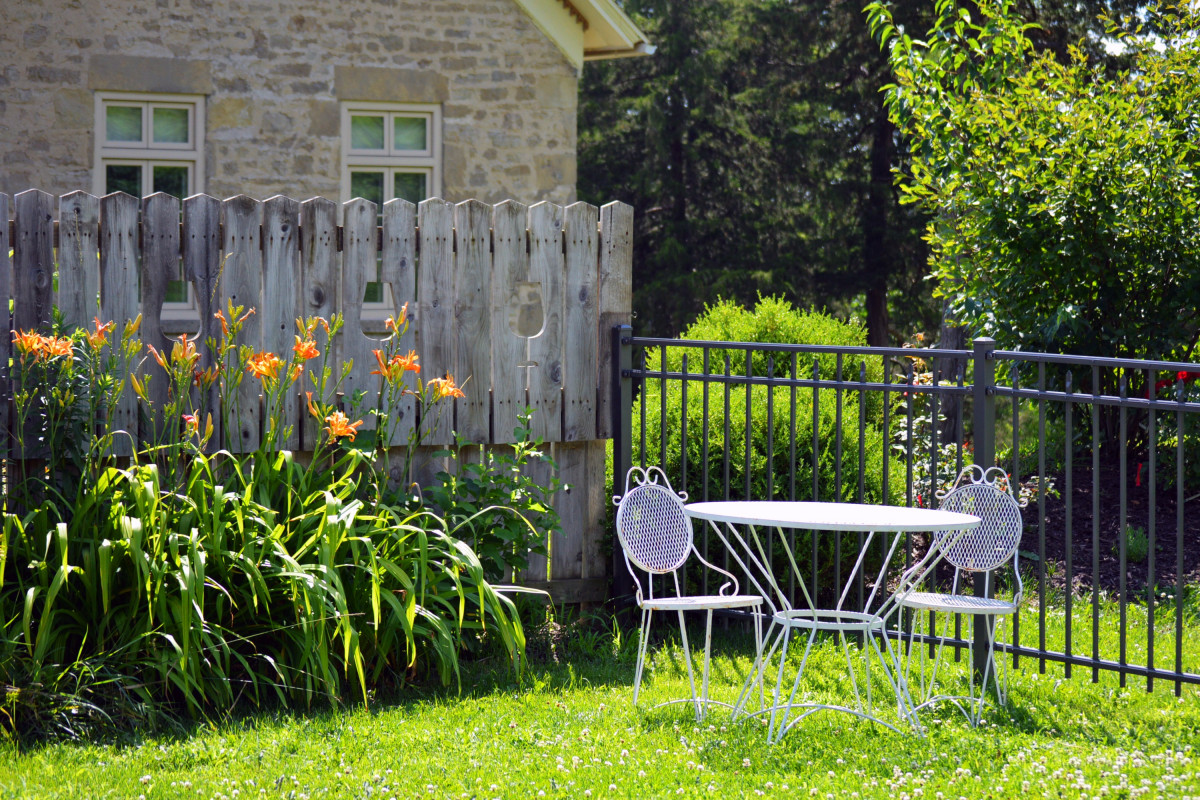A plant can be a thing of beauty and yet not be a joy forever. The bright trumpets of bindweed, a pasture that is sunny with buttercups, Queen Anne’s lace in a meadow – here are spectacles to delight the passing motorist. But a farmer finds them less delightful, for the bindweed strangles his corn, the buttercups contain an irritating juice that cattle dislike and Queen Anne’s lace, which is a wild carrot, harbours a destructive weevil. These and other plants that spring up unbidden the farmer call weeds. This name has nothing to with plant classification. A weed is any plant growing where it is not wanted.
No matter how much time and effort it took you to harvest a charming garden, stubborn weeds can halt that progress and ruin your garden’s appeal in a short time. However, here’s some good news: the wide range of garden maintenance and makeover services provided by Church Street Garden Service can protect your garden from such disasters.
But, for now, let’s learn more about weeds.
Weeds

A dandelion in the front lawn is a weed – it is not weed when cultivated for fresh greens. Sweet clover sown in the meadow is not a weed. When some of the ripe seeds drift over on the wing to the flower garden, they grow into weeds.
Weeds do enormous harm. In actual figures, many billions of dollars a year are lost, over the world, because of weeds. The sum is greater than the combined loss due to both plant diseases and insects. The loss is likely to be the highest in regions where agriculture is most intensive and where the crops and land are of greatest value, but weeds in the open-range country are also costly.
The cereal-grain crops offer a good example of the tax we pay on weeds. Seeds of weeds in the grain field are harvested along with the grain. On the average, wheat brought to the elevators contains one per cent of weed seeds. This means that in say, a billion-bushel wheat crop, ten million bushels of weed seeds were harvested, threshed, stored, hauled to mills or terminals and there removed and disposed of. Even a small percentage of sees of certain weeds, if blended with the grain, would give an off flavour to the flour. The grower receives a reduced price for his grain when it contains weed seeds.
Plant Diseases

Did you know that some plant diseases have spread by means of weeds? The stem rust of wheat is caused by a fungus that spends part of its life on the barberry. To aid in controlling this disease, millions of ornamental barberry bushes have had to be uprooted and destroyed. the blister rust of white pines is caused by a fungus that spends part of its life on the leaves of wild and cultivated currant bushes. Some virus diseases that attack cultivated plants may be traced to weeds that not only serve as a source of the virus but also furnish a breeding place for leafhoppers, aphids and other insects that carry the viruses. A number of insects that directly injure cultivated plants breed on or in weeds.
The Competition

Probably the greatest harm done by weeds is in competing with crop plants. The weeds grow rapidly and send strong root systems far into the soil. In less than three weeks of growth, a vigorous mustard plant in a grain field will produce more than four hundred feet of roots. A dozen of these plants will produce nearly a mile of roots in three weeks. They rob the crop plants of soil minerals and water and their leaves screen sunshine from the cultivated plants, further reducing the grower’s yield.
The seeds of some weeds can even lie under water for months or even years and can still remain viable.
Want to protect your potted plants and keep weeds away from your “planthearts?” Contact Church Street Garden Service!




1 thought on “Weeds: A Standing Menace To Cultivated Crops”